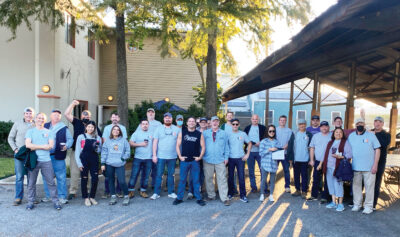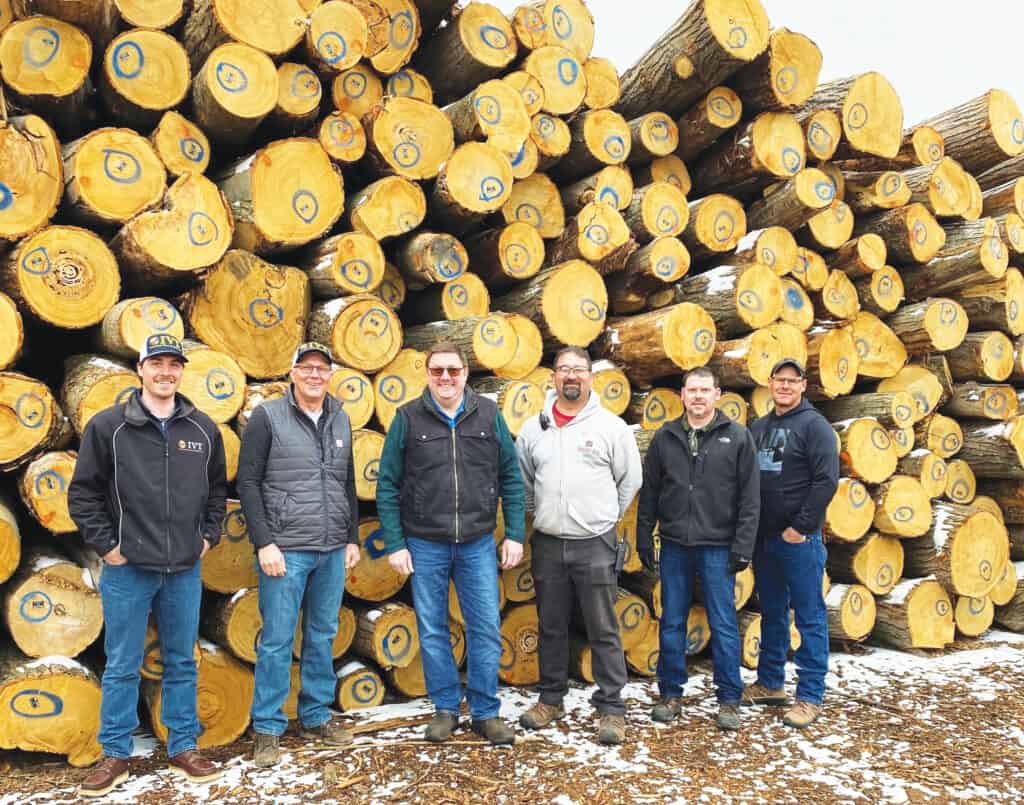
The mighty and majestic American Chestnut tree (Castanea dentata), once the dominant tree across the Appalachian Mountain Range of the Eastern United States, has all but disappeared. Until the beginning of the twentieth century, their numbers exceeded four billion. Valued for its beauty, grandeur and strength, the species has silently but noticeably exited American forests. For centuries, this durable tree often grew more than 100 feet tall and was one of the primary sources for the building and furniture industries. Valued as an ideal wood because of the inherent strength and beauty, it was coveted by artisans and crafts people alike, using it for homes, prized furniture, and even musical instruments. Some of the most famous, cherished, and long-lasting furnishings in American history were crafted from American Chestnut. At one time, it was said one could have walked atop the forest canopy of these giant trees from the Carolinas all the way to New York, never touching another species. In summers, the forested hills would turn to a sea of white as the Chestnut trees bloomed with flowers as they began to produce their famed Chestnut fruits. The American Chestnut seemed to be invincible as the king of the forest.
Surprisingly, near the turn of the twentieth century this story took a frightening twist as the trees began to show signs of disease and mortality on a widespread basis. Around 1904, a blight (Endothia parasitica) was introduced to the U.S. from the Orient. The Chestnut blight attacked quickly and began a devastating run through the forests of the east coast, ravaging nearly every American Chestnut in its path. Within a few decades nearly all the American Chestnut trees in its home range had succumbed to the disease. These four billion majestic trees had shown everyone their weakness and were gone before anyone knew how to stop it. By 1940, the American Chestnut trees had been used commercially to the largest extent possible and there were very few known merchantable stands of this tree to still exist. Over the span of the last 50 years, only a frail supply of American Chestnut wood has been in circulation and that has mainly originated from reclaimed wood found during the dismantling of century old buildings built with these patriarchs of past forests. To this day, the wood is rare and has been available only in small and limited quantities.
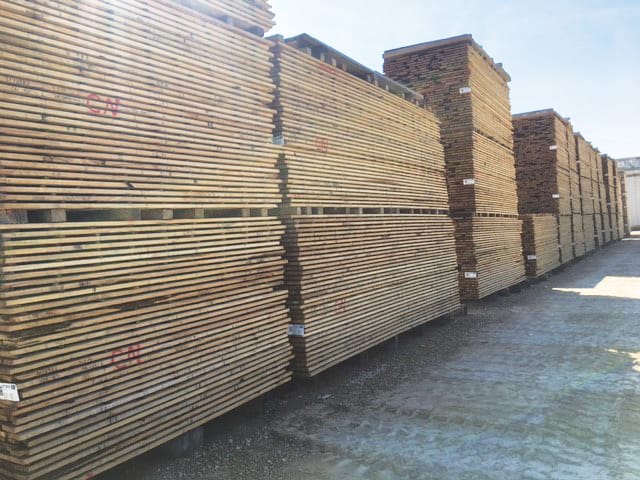
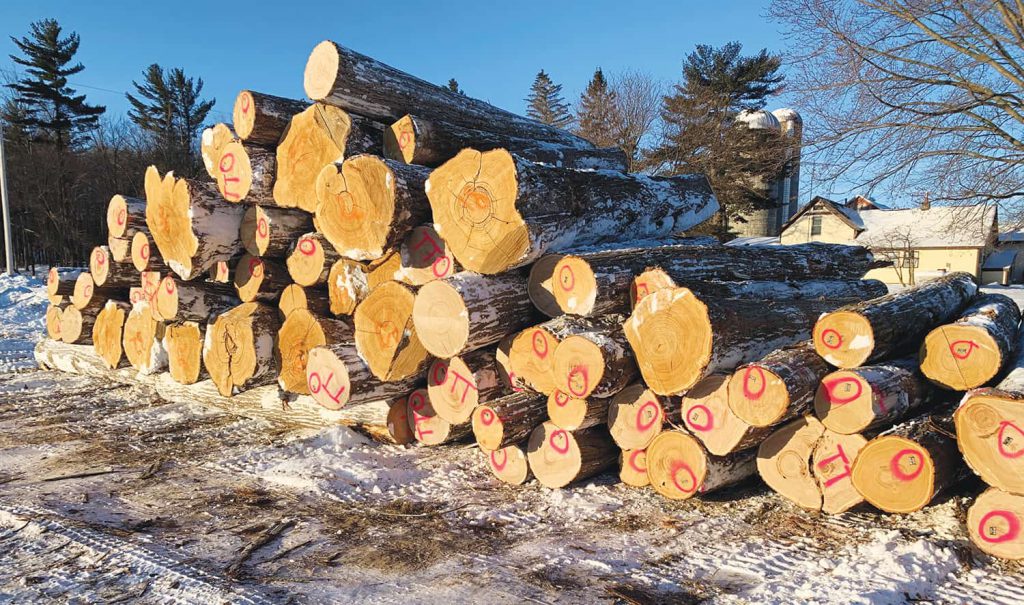
The decades have quickly and quietly passed since that time but in the rolling forested hills of Monroe County, near Tomah, WI, the remarkable story of the American Chestnut still lives. One last stand of American Chestnut shared by a trio of neighboring property owners had been growing vigorously for more than 100 years. Its beginnings traced back to two trees, hand planted by an original settler, one of those is still standing in towering fashion today. In 2020 this was the largest remaining stand of Chestnut trees to be acknowledged by the American Chestnut Foundation. They grew to encompass an area of over 60 acres of forestland, towering through the canopy above the other Hardwood species, just as their ancestors to the east had done in previous generations. Growing, reproducing, and thriving in isolation, hundreds of miles from the original blight infested home range, they amazingly stood to be enjoyed and honored. Wayne Helming’s family acquired their property over 60 years ago and he spent his adult life tirelessly working to preserve this piece of American history. He solicited the help of foresters, scientists, and the American Chestnut Foundation to keep his trees safe and protected from the blight. He supplied Chestnuts and seedlings to these organizations for research to assist them in their attempt to find a blight resistant form of the species. He hoped to bring the American Chestnut back for everyone to experience and utilize once again. History does seem to have a way of repeating itself and despite those tireless efforts, this prized stand found itself under attack. By wing and wind, the blight found its way to this Wisconsin woodlot and began to humble the landowner and his mighty trees. As the Chestnut began to show signs of decline, the Helming family made a difficult and reluctant decision to harvest their trees. They hoped to give the prized wood a second chance at life and share its wealth one last time with the world. Wayne Helming made a connection with Chris Neill and Larry Stewart from Off-Kilter Timber in Eureka, MT. A forester for the State of Wisconsin recommended the pair to Wayne, because he felt they all shared the same passions and appreciation for wood.
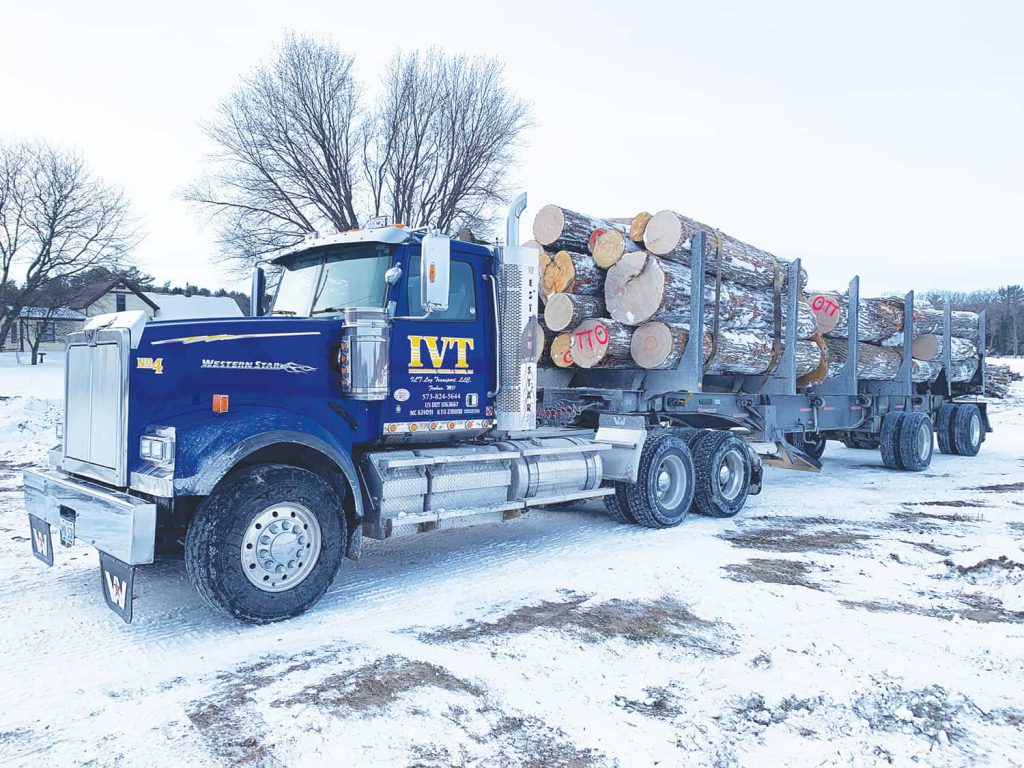
In the summer of 2020, Chris and Larry joined Wayne Helming to see for themselves this mysterious and magnificent stand of American Chestnuts. Being nothing short of what the duo had imagined, they seized the opportunity to bring new life to the wood of these trees.
When asked why he initially agreed to go see the American Chestnuts halfway across the country, Chris said, “My mom had a bedroom set made from Chestnut that she got from her Grandma when I was growing up. It is how I even knew about Chestnut. I also knew it was one of those woods that was never available, and you could never find it”. Chris understood how rare this opportunity was and how special it could be just to witness a living stand of American Chestnuts in his lifetime.
“I was blown away. I could not say anything. I had to just walk around looking at those magnificent Chestnuts, reflecting on the trees’ history,” Larry said.
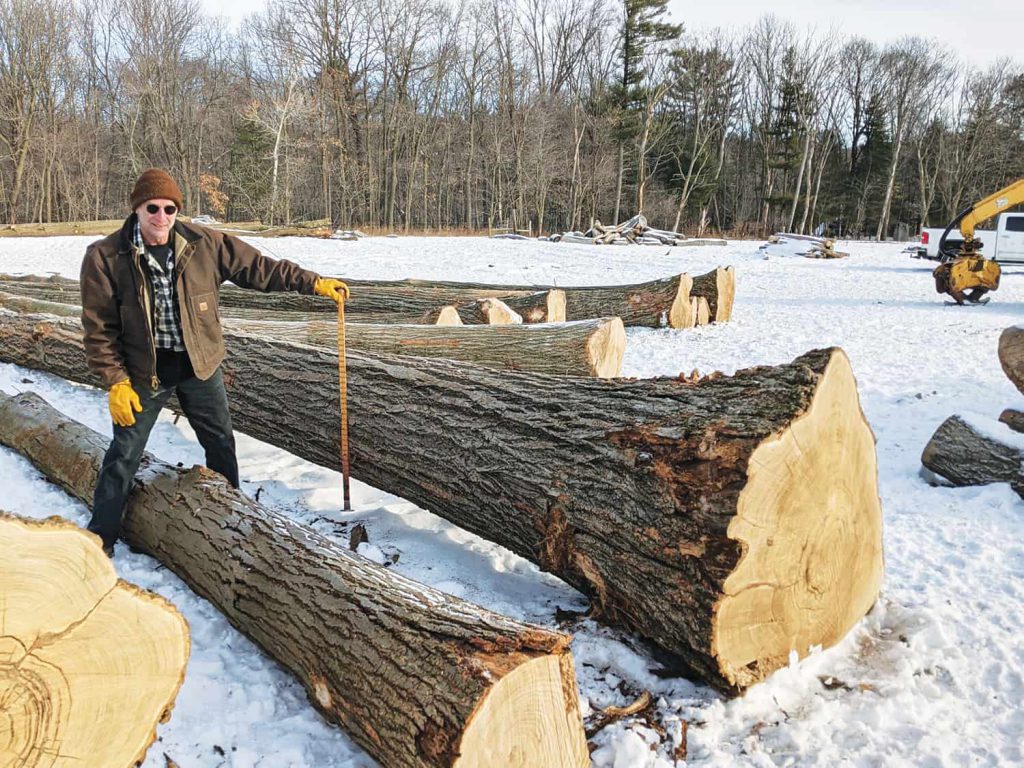
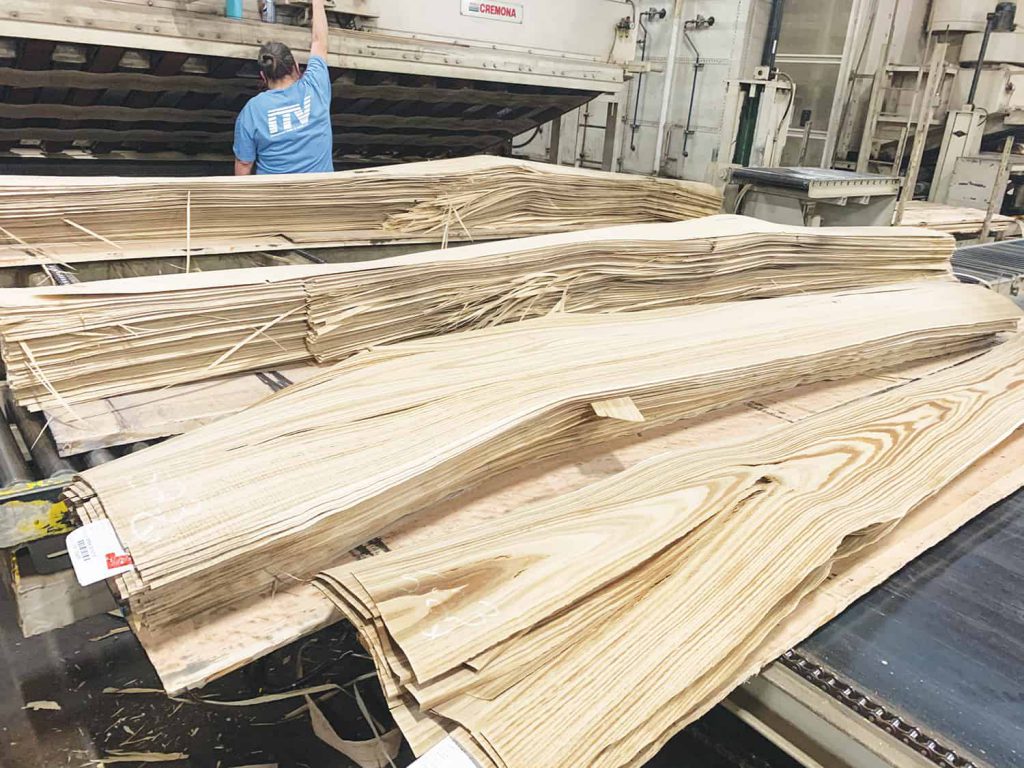
It was important to the Helming’s that those who assisted him in this project understood what it meant to him, since he had been caring for the trees for so many years. They would together create the opportunity for something beautiful to come from these cherished trees. In November 2020, Larry and Chris began harvesting the American Chestnuts on the Helming’s property. Wayne, Chris, and Larry were all saddened by the loss but ecstatic to together begin this journey of second life for the trees.
During the harvesting, Wayne introduced his neighboring property owners, Richard Nietzel and John Laudon. Both landowners also had Chestnut trees, separated only by ownership boundaries but effected by the blight as well. These owners were also motivated for the same reasons and would follow the lead of the Helming’s. Very quickly the project grew considerably to more than 300 trees. The trio of landowners began to add their name to storied history pages of the American Chestnut. As Chris and Larry shook Mr. Netizel’s hand, he shared that recent economic pressures had really burdened his family in the last years and this would help them to remain on their farm. He also expressed deep concerns that he wished for his trees to be given a good home in their second life.
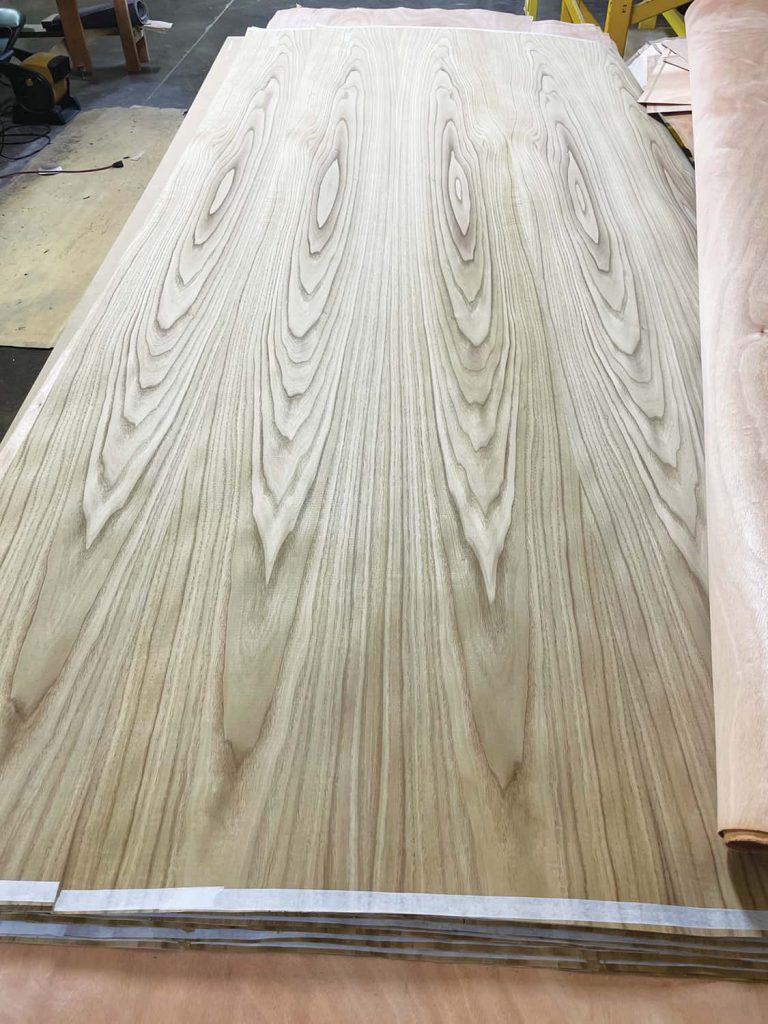
With the harvest in full swing the Off-Kilter duo began to let the forest products industry know that what had once been lost was found again. They began a search for the next partnership that could provide marketing and manufacturing with the same compassion and respect of all those so far involved. They entertained dozens of companies as they conducted their search. In early January, Chris and Larry were back in Wisconsin to check on operations and organize logging logistics. Their search for a marketing partner had led them to a company in Wabeno, WI, International Veneer & Timber (IVT) where they met the owner, Tim Sprink.
“What do you know about Chestnut?,” Larry asked Tim.
“Are we talking about THE famous last stand of Wisconsin Chestnut?,” Tim asked in response.
The conversation continued for some time and Chris and Larry began to realize that Tim shared their same respect for the American Chestnut history. IVT could provide the infrastructure, experience, and knowledge necessary to produce these logs to lumber and veneer and bring them to a valued product.
“It has brought a tear to my eye several times. I may never experience anything like this in my career again, and I am just so honored to be a part of this journey,” said Tim. “This has been a once in a lifetime opportunity to see a stand of American Chestnut that may never happen again.”
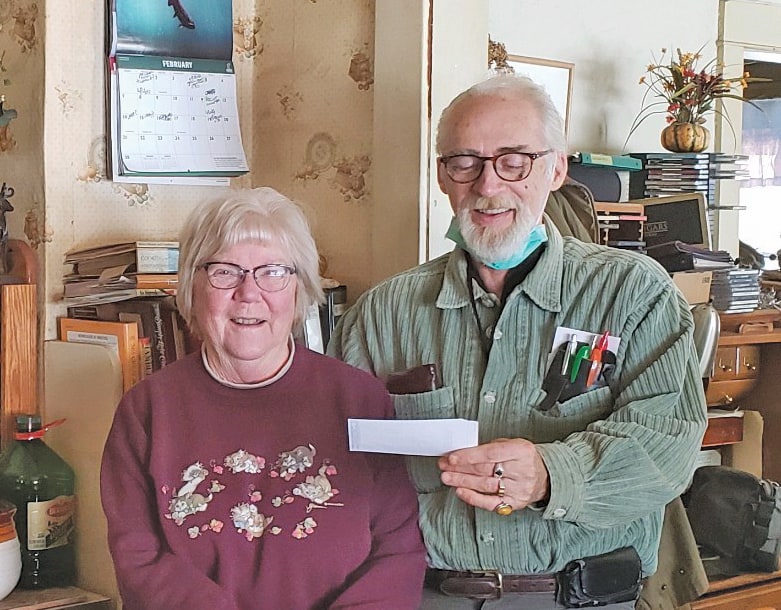
The veneer logs would go on to be manufactured by the IVC/ITV group at their own slicing mill in Jackson Center, PA. The saw logs were milled to lumber at AAA Lumber in Weyauwega, WI, and the lumber was kiln-dried at Granite Valley Forest Products in New London, WI. Both Companies are part of the Welter Forest Products Group, owned by Gus Welter. Gus was also consumed by the idea of putting his wood knowledge and resources into this project. The most beautiful significance is the drive and dedication from everyone involved to appreciate the task and honor these American Chestnut trees.
The American Chestnut is a timeless wood enjoyed and only really known to past generations. Throughout the wood industry, it is recognized as a part of American history and thought to be lost forever. Our goal is to make sure this rare wood has a chance to live an endeared second life, one last time. We are dedicated to creating a limited product to showcase its beauty and offer a select few consumers their piece of American history. An opportunity such as this may never be available again. This group of wood enthusiasts is currently offering a rekindled and unexpected supply of one of the most storied species in American Hardwood history and are hoping to let the American Chestnut make its one last stand with you.







